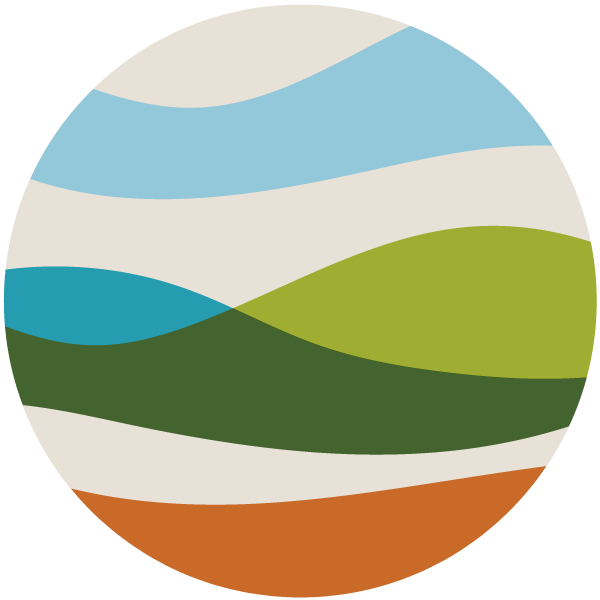Why working as a GP in Indigenous Health is something special
Working with Aboriginal and Torres Strait Islander peoples gives doctors the opportunity to help improve one of Australia’s most critical public health issues: “closing the gap” between the health outcomes of Indigenous Australians and other Australians.
“The most rewarding aspect of working in an AMS is the sense of purpose I get out of helping Indigenous people and supporting the staff who work in these clinics.” Dr Robyn White
Working within Aboriginal communities in rural and remote regions allows doctors to manage complex and challenging cases using a wide range of procedural and emergency skills. Our Indigenous Health General Practitioners are understanding and appreciative of the uniqueness of each community they serve and enjoy working collaboratively alongside Aboriginal healthcare workers.
As a doctor wanting to work with Aboriginal people, you may choose to live in a community, work in an urban ACCHS, locum or FIFO. Today, we have the pleasure of chatting with Dr Momia Teariki-Tautea, one of our dedicated General Practitioners who locums regularly for us in Indigenous Health.
Tell us a little bit about your career – where did you grow up, where did you study and what inspired you to specialize in Indigenous Health?
I’m originally from a little Polynesian Island called the Mortlock Islands which is located at the Easternmost border of PNG and the Solomon Islands. I completed my undergraduate MBBS at the University of PNG in 1986 and come to Australia at the end of 1994 to pursue postgraduate studies in Tropical Medicine and Paediatrics. I have postgraduate qualifications in both Tropical Medicine and Paediatrics and attained the GP Fellowship (FRACGP) in 2012.
I commenced work in Aboriginal Health in 1995 when I used to conduct 3 monthly Paediatric clinics on Palm Island through Townsville Health. I also spent 2 years in the Kimberley and Pilbara of WAS as Regional Paediatrician and then as SMO at the Derby Regional Hospital for a year. The medicine up here is predominantly Aboriginal Health.
I spent a year in the Northern Territory as Senior Rural GP to the Tiwi Islands as well as occasionally visiting clinics to Wadeye (Port Keats) and the Gulf of Carpentaria Aboriginal communities of Borollllal, Robinson River and Mulapunya. I also spent seven years as Regional Locum in the midwest of Western Australia where I attended various Aboriginal Medical Services.
You’ve done a fair bit of work for the community of Coonamble. What do you most like about working with that team and the community they serve?
The Coonamble AMS is a well-run team headed by Practice Manager Ruth Lupino. The team is cohesive with well-organised programs. The team's camaraderie is infectious and welcoming, they are a happy bunch of people. It's one of the places where I feel supported and valued.
Furthermore, the people are also easygoing and express their appreciation which makes it all the more fulfilling - Happy patient, Happy doctor! Because of my Paediatrics background, I get to see a lot of children which I enjoy.
How do your experiences working in an AMS or ACCHS environment differ from other facilities you have worked at?
The medicine is different in Aboriginal Health and the programs are hands-on and very involved. An example is; because of the prevailing economic and social situation the AMS team is proactive in following up with patients and this includes lots of phone calls, driving to patients houses, and providing transport etc... There are also cultural norms that one has to be aware of respect.
What does a typical working day look like working at Coonamble AMS?
The team arrives and has a "sign-on huddle or brief" and then its clinic with a lunch break followed by a "sign-off huddle".
What advice would you give to GPs embarking on their first locum contract as an Indigenous Health GP in rural and regional areas?
1. Listening Listening Listening (to the patient)
2. Respect of culture, and of the people
3. Get the Aboriginal CARPA Manual or other Aboriginal Health manuals if you haven't worked in Aboriginal Health before
4. Ask questions of Aboriginal Health workers and the long-term nursing staff - you'll learn a lot from them
What has surprised you the most?
Nothing - I'm just vexed at the disparity in the health of Aboriginals compared to the rest of Australia.
What more can be done to improve the health services in these more rural and remote Indigenous areas?
The need for more Aboriginal Health workers, nurses, and doctors and the need for improved living standards and education.
What locum locations are on your bucket list and why?
Going back to Coonamble, The Kimberley, and the Northern Territory for all of the aforementioned reasons.
Thank you for taking time out of your busy schedule to chat with us today Momia.
If you are a VR GP curious about assisting our Aboriginal Health Clinics across Australia, please get in touch with Melissa Gomez-Gaviria on 0457 170 310 or email [email protected]




